Mulching methods for strawberries and suitable materials
Strawberry mulching is used to protect it from adverse external factors. This technique has long become an integral part of berry crop farming. Various organic and inorganic materials are used as the mulch layer, each of which has its own advantages and disadvantages. The correct use of mulch has a positive effect on the health of the strawberry bushes and the quantity of the crop.
When and why are strawberries mulched?
It is customary to mulch large garden strawberries twice a year - in early summer and closer to mid-autumn. Cover the soil with mulch directly under the bushes and in the free space between the rows of strawberries. Both organic and inorganic materials can be used as the mulch layer.
Using this technique has the following advantages:
- smoothing temperature fluctuations, which has a beneficial effect on metabolic processes in plant tissues and contributes to the active growth of strawberries;
- protection against the appearance of weeds and hard crust on the soil surface;
- reduction of moisture evaporation from the soil, which allows less frequent watering;
- additional nutrition due to the decomposition of organic substances used as mulch;
- increased growth of adventitious roots;
- reducing the amount of fertilizers and pesticides used;
- reduction in the timing of the onset of fruiting;
- keeping berries dry and clean, thereby reducing the risk of rotting;
- protection against freezing in winter and overheating in summer.
However, despite all the advantages, this technology has some disadvantages:
- Organic mulch can attract slugs to the site, which find in it a source of nutrition and protection from overheating. If a large number of molluscs are seen on the territory, it is better to use sawdust or needles.
- When using mulch on heavy soil (especially in rainy summer), there is a risk of decay of the roots of garden strawberries. The problem is solved by choosing the right material and adjusting the thickness of the protective layer.
- Another disadvantage is that plants can suffer during return frosts in spring, since all the heat will be retained in the soil thanks to the mulch and the aboveground part will be vulnerable to low temperatures. Therefore, in the spring, it is better to remove the mulch from under the plants and return it during bud formation or early summer.
Rules for the use of mulching materials
Before mulching, you need to do preparatory work, regardless of what exactly will be used as mulch and in what time frame the procedure is carried out.
Preparation stages include:
- loosening the soil;
- weeding;
- removal of diseased leaves and unnecessary whiskers;
- abundant watering;
- fertilization according to the season.
In the summer, be sure to check the condition of the mulch, especially if the weather is wet. Organics can rot. The material must be periodically agitated, not allowing it to be compressed, and the rotting fragments must be replaced with new ones.
Do not mulch close to strawberry stalks. In the root zone, it is imperative to leave a little free space for air access to the plant roots.
After harvesting, the mulch is removed for a while.In autumn, mulching is carried out at the end of September, preparing the plants for wintering. The purpose of this event is to protect strawberry roots from frost in the absence of snow and during thaws.
Features of the use of organic matter
The good thing about organic mulching materials is that they are available, free or very inexpensive, and have good breathability. By decomposing, organic matter improves the structure of the soil and additionally serves as an environmentally friendly fertilizer for the bushes. If you use organic materials as a protective layer, the risk of waterlogging of the plantings is reduced.
The use of natural mulch in each case has its own characteristics.
Cut grass
Strawberry planting in summer is often mulched with cut grass and weeds. These materials are always available in any garden area where summer residents mow from time to time. In the future, in the process of decay, such litter will nourish the soil, saturating it with nitrogen.
It should be noted that weeds are placed under strawberries without seeds, otherwise, instead of a positive effect, it will be possible to get only dense thickets of weeds, which will require a long and careful weeding.
Before spreading the grass under the berry bushes, it is dried in the sun for 2-3 days. If this step is skipped, mulch can provoke an outbreak of fungal diseases. In the process of drying, the grass is periodically turned over. Lay the green litter in a layer 3-5 cm thick. The denser the soil on the site, the thinner the mulch layer should be.
Sawdust
This method is suitable for those who are engaged in self-procurement of firewood or have the opportunity to get sawdust at a woodworking enterprise. Strawberries can be mulched not only with sawdust, but also with wood chips. The material is suitable for use in both winter and summer seasons.
There are some restrictions on the use of raw materials:
- Hardwood sawdust is more suitable for use.
- Waste from coniferous trees can be used no longer than 1–2 seasons, as they contribute to soil acidification.
- If possible, it is better not to use fresh sawdust: in the process of roasting, they draw nitrogen from the soil and increase acidity.
- It is best to use material that has been overheated during preliminary storage.
If mulching with fresh sawdust is necessary, their negative effect is neutralized with a urea solution (200 g per 10 liters of water). Procedure:
- The land is preliminarily loosened and freed from weeds.
- The soil is covered with several layers of newspaper.
- Sawdust or wood shavings are poured on top in a layer 5 cm thick.
The time of using such mulch is 2 years. During this period, the organic matter will have time to completely decompose and it will be necessary to repeat the procedure.
Sawdust perfectly protects plantings from the attack of snails and slugs. With this method of mulching, strawberries must be watered abundantly, since wood waste when watering absorbs a large amount of moisture before passing it to the plants.
Coniferous litter
When mulching needles, planting strawberries will be reliably protected from slugs, harmful insects, pathogens. This effect is achieved due to the presence of a large amount of phytoncides and essential oils in the needles. In the southern regions, it does not make sense to use such mulch, since the material is too loose and not suitable in order to delay the germination of weeds or prevent overheating of the soil.
For use, yellowish pine needles are better suited. The material is laid in a layer 3-5 cm thick to protect the plantings in winter. In the spring, the needles are harvested or embedded in the soil.
It is better to alternate this type of mulch with other organic matter, or add slaked lime to the ground before use.
Straw and hay
Mulching with straw and hay is used by summer residents, but it is not very welcomed by specialists for certain reasons:
- Hay very quickly cakes into a dense mass and rotates in a short time.
- Rodents are very fond of straw. Voles often arrange their nests in this material. Straw is laid in a rather thick layer - 15–20 cm.
In the process of decomposition, straw draws nitrogen out of the soil, but at the same time serves as a good insulation and retains moisture well. It is better to apply it by mixing with humus or compost.
In southern regions, it is preferable to use straw as a winter shelter to protect strawberry roots from freezing.
For a cooler climatic zone, it is advisable to use straw in spring, since, remaining in the fall, it will prevent the soil from warming up and delay the beginning of the growing season.
Peat, compost and humus
For mulching, it is customary to use low-lying peat, not high-moor peat.
You should pay attention to the type of material when buying:
- Horse peat significantly increases the acidity of the soil and tends to form a hard crust after drying.
- Low peat possesses good thermal insulation properties, perfectly retains moisture, improves soil structure, and prevents weed growth.
It is necessary to lay the material in a layer 6-8 cm thick.
Compost and humus are an excellent source of plant nutrition, and they also warm the soil. The peculiarity of these materials when used is that they are quickly absorbed by the soil microflora and require additional bedding. The protective layer of compost and humus should be 5–7 cm thick.
Mulching with film and non-woven material
Black film, also called agrofibre, is popular with summer residents as a mulch coating for strawberries. When using it, there is a rapid establishment of plants. The soil temperature under such a shelter is 2 ° C higher. The soil is kept at a constant moisture level. Strawberry care and harvesting is facilitated, the berries are kept in a pure form.
Before laying the film, the soil is dug up, fertilized, leveled, moistened. The covering is securely fixed around the perimeter. For planting strawberry bushes in the film, cross-shaped cuts are made at intervals of 30 cm.
—
The thicker the film is, the longer it will last.
—
In the southern regions, two-color black and white film is used. It is laid down in white to prevent overheating of the soil.
Along with the pluses, the material has its drawbacks:
- does not allow air to pass through;
- gets very hot in the heat;
- promotes the appearance of condensation that causes fungal diseases;
- in this case, you need to water the plants pointwise - through the holes.
It is better to use non-woven material for mulching strawberries. Its trade names:
- spunbond;
- lutrasil;
- agrotex;
- plant-protex;
- agril,
- agrin.
Unlike film, this fabric allows air to pass through, and you can water the bed over the entire surface. The service life of these materials is much longer, but they are also more expensive.
A much more economical type of inorganic coating is cardboard. The sheets are laid with an overlap, and sprinkled on top with a layer of fertile soil about 10 cm thick. After 7-8 days, you can start planting berry bushes, having previously made round holes in the cardboard. Watering such strawberries should be done carefully, trying not to fall outside the hole, otherwise the cardboard will quickly deteriorate from exposure to water. This type of mulch is replaced annually.
Each gardener chooses mulching material for growing strawberries based on their preferences and material capabilities. It is important to choose the mulch according to the climate of your area and the type of soil. The protective layer should be regularly inspected and replaced with a new coating if necessary.

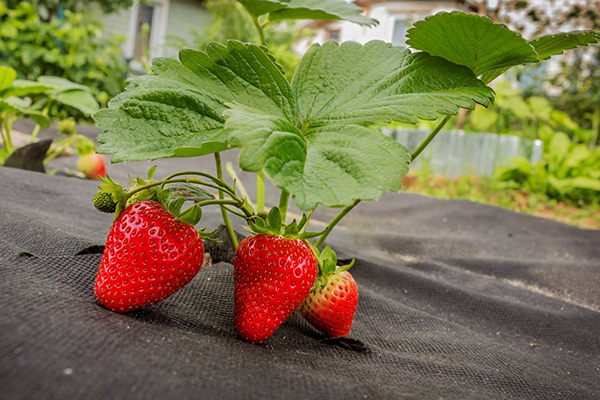
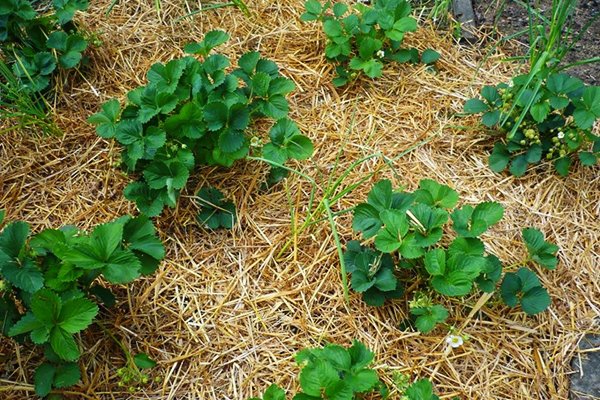
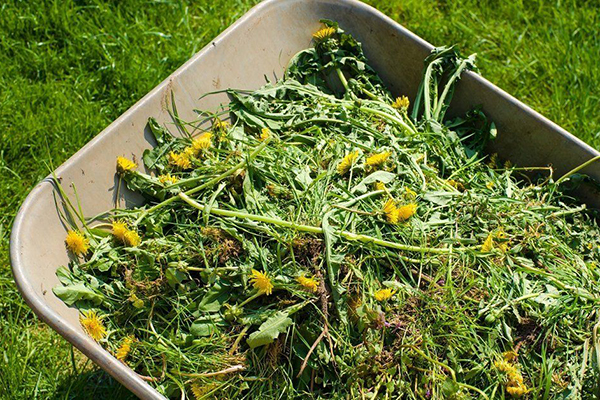
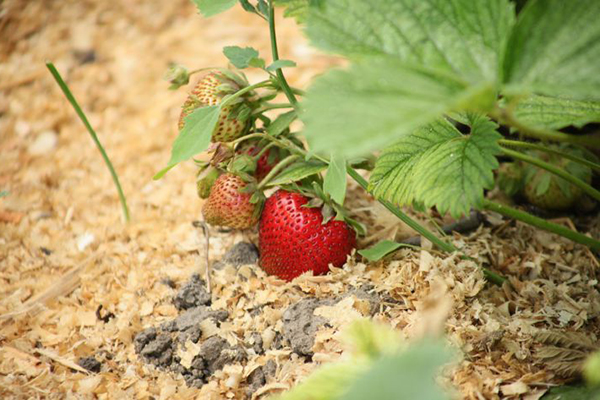

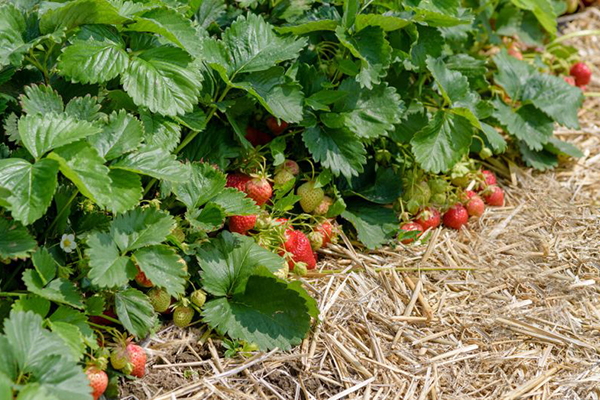
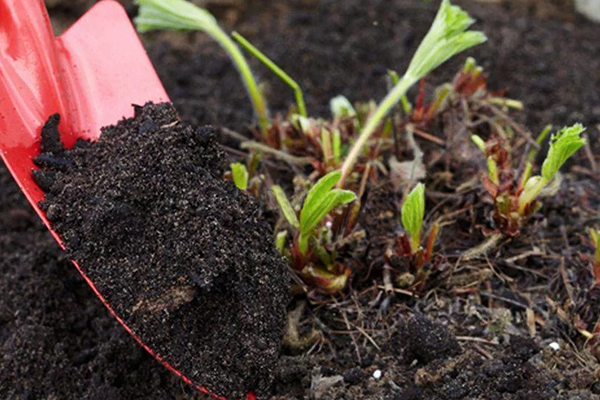

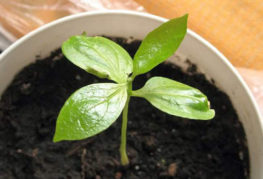
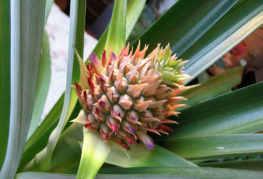
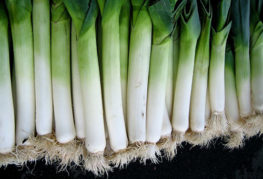

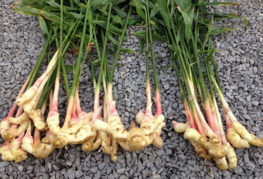
and will be published shortly.